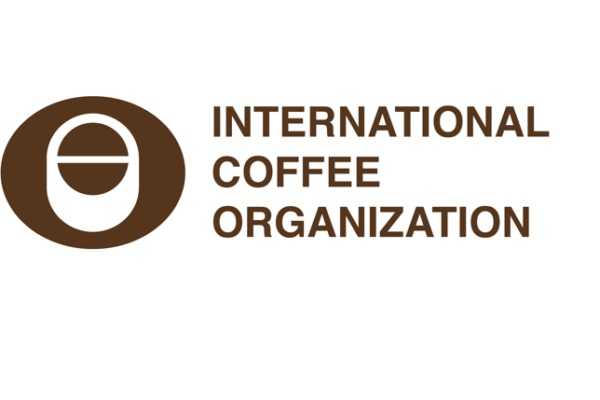MILAN – The unprecedented price increases recorded in the coffee markets over the past year are also reflected in the evolution of the Ico statistical indicators, as summarised in the monthly report that the London-based organisation released yesterday, Tuesday 7 January. The monthly average of the Ico Composite Indicator Price (I-CIP) rose by a further 10.7% in December to 299.61 cents, the highest level in nominal terms since 314.96 US cents/lb in April 1977.
For ten days, nine of which were consecutive, the daily average exceeded the 3-dollar mark, peaking at 312.77 cents on 10 December. The situation eased in the last ten days of the year.
The daily indicator closed 2024 at 291.08 cents: a level that was nevertheless well above the previous month’s average (270.72 in November) and the daily minimum of 277.71, recorded on 3 December.
Double-digit increases were recorded for all Arabica indicators. The monthly averages for Colombian Milds, Other Milds and Brazilian Naturals surged by 11.4 %, 12.6 % and 14.5 %, respectively.
The Robusta indicator rose by 4.7%. The New York and London indicators were up 14.4% and 5.5% respectively.
The intra-day volatility of the Ico Composite Indicator Price grew by 4.6 percentage points, averaging 14.1% in December 2024 (17,3% for Robustas).
Between January and December, the monthly average of the ICO Composite Indicator Price grew by almost 70% (+69.8%)
Brazilian Naturals saw the largest increase (+82.3%). Other Milds and Colombian Milds gained 68.9% and 65.8% respectively. Finally, the monthly average for Robustas was up by 59.4%.
Financial pressures, logistical difficulties and geopolitical issues all contribute to keeping the entire supply chain under tension.
“High prices combined with a strong US dollar have caused issues at origins since this has greatly increased the financial cost of market operations,” writes the report. “Two large Brazilian exporting companies accounting for almost one tenth of Brazil’s Arabica sales have had to ask a local court for more time to negotiate with creditors so as to avoid filing for bankruptcy.”
“A strong dollar has led to high prices in GBP/mt and EUR/kg – a constant strain for western importers and roasters. As a consequence, those involved in processing coffee will have to raise their prices down the supply chain, augmenting costs for the end consumer.
Increased market prices have pushed brokers into issuing margin calls to their customers. This worsens the stress already caused by delays at ports, further aggravating operating costs: Cecafé has reported that coffee sellers spent more than BRL 7 million on additional storage space and port fees due to local market inefficiencies.”
“Prolonged shipping times to European destinations continue to put strain on global supply chains: coffee spends more time in transit since traffic in the Suez Canal remains extremely restricted. Consequently, shipments of coffee between coffee-producing countries in Asia and consumer markets in Europe have become slower and more expensive.”
“On the other hand, the pressure created from the looming implementation of the EUDR on coffee saw the I-CIP drop from 311.46 US cents/lb on 18 December — the date on which the European Council formally adopted the regulation on the postponement of the application of the EUDR – to 299.81 US cents/lb one day later. On 17 December, the European Parliament voted to adopt the provisional political agreement with the European Council and the European Commission to delay the entry into application of the EUDR. Large operators and traders will now have to respect the obligations of this regulation as of 30 December 2025, and micro- and small enterprises from 30 June 2026. The formal adoption by the European Council marks the final step in the ordinary legislative procedure. The regulation was published in the Official Journal of the EU on 27 December.”
Despite these difficulties, world exports of all forms of coffee continue to grow.
In November, exports rose by 2.4% to 10.859 million bags. This compares with 10.602 million bags in the same month last year.
Exports of Arabicas surged by 12.2% to 7.243 million, with double-digit increases for Brazilian Naturals (+15.2%) and Colombian Milds (+14.4%). Shipments of Other Milds rose by 3.1%.
On the other hand, the trend was negative for Robustas, whose exports fell by 12.9% to 3.616 million.

















